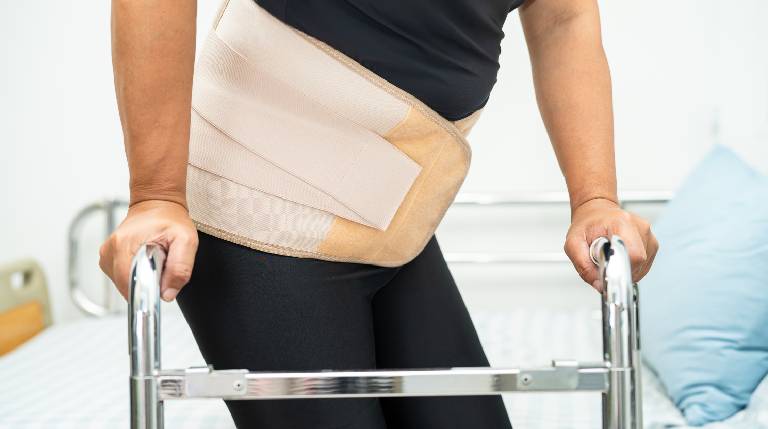Total hip replacement (THR) surgery is a life-changing procedure that can significantly improve one’s quality of life by alleviating pain and restoring mobility. As a patient recovering from this surgery, you may be eager to return to the gym and resume your regular exercise routine. However, it’s crucial to understand the appropriate timeline and precautions to ensure a safe and successful recovery. In this blog, we’ll explore when and how to safely return to the gym after a total hip replacement, along with expert advice and data to guide you along the way.
Section 1: Understanding the Recovery Process
After total hip replacement surgery, your body will need time to heal and adjust. According to the American Academy of Orthopaedic Surgeons (AAOS), most patients can expect to spend 1-6 months in the recovery process, with the majority of improvement occurring within the first three months (AAOS, 2021). Dr John S. Lewis, an orthopaedic surgeon specializing in joint replacement, emphasizes the importance of patience during this time: “Every patient’s recovery is unique, and it’s crucial to listen to your body and follow your surgeon’s guidance to ensure a successful outcome.”
Section 2: Safely Returning to Exercise
As you progress through your recovery, you can gradually begin to reintroduce physical activity. Following a phased approach and working closely with your healthcare team, including your surgeon and physiotherapist, is essential. Here are some general guidelines to help you safely return to the gym:
- First 2-4 weeks: Focus on gentle range-of-motion exercises and light walking as your physiotherapist advises. Avoid high-impact activities and heavy lifting.
- 4-8 weeks: Continue working on range-of-motion and begin to incorporate low-impact exercises like cycling, swimming, or using an elliptical machine. Refrain from activities that involve jumping, twisting, or sudden movements.
- 8-12 weeks: Gradually increase the intensity and duration of low-impact exercises. You may be able to introduce strength training exercises for your upper body, but be cautious about placing excessive strain on your hip joint.
- 12 weeks onwards: With your surgeon’s approval, you may be able to return to higher-impact exercises and more advanced strength training.
Section 3: Tips for Long-term Success
As you return to your regular exercise routine, it’s essential to keep the following tips in mind for long-term success:
- Always warm up and stretch before exercising to minimize the risk of injury.
- Pay attention to your body’s signals and avoid pushing through pain or discomfort.
- Maintain a healthy weight to reduce stress on your hip joint.
- Incorporate exercises that promote hip stability and flexibility, such as yoga or Pilates.
- Consult your healthcare team regularly to monitor your progress and address concerns.
Conclusion
Returning to the gym after a total hip replacement requires patience, guidance from your healthcare team, and a gradual, phased approach. By following expert advice and listening to your body, you can safely reintegrate exercise into your life and enjoy the many benefits of an active lifestyle. As Dr. Lewis puts it, “The key to a successful recovery is finding the right balance between challenge and rest, allowing your body to heal while gradually rebuilding strength and endurance.”

